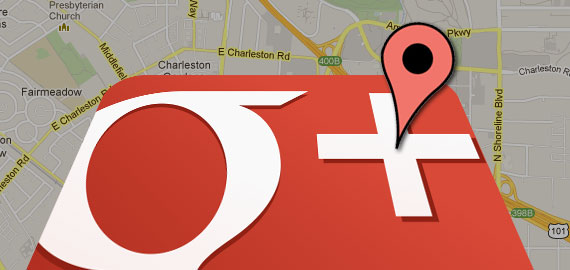Using Geo-targeting to Reach Local Customers
“Local” has been a buzzword for a while now, and it shows no signs of falling by the wayside. Buying local produce, supporting local businesses–consumers are becoming more concerned with their surrounding communities every day. So doesn’t it make sense for businesses to focus on their local marketing efforts?
(via Eric Flexyourhead)
Unfortunately, data shows that some local businesses are falling behind when it comes to their marketing efforts, according to Brandmuscle’s “State of Local Marketing Report“.
Marketing has probably changed more in the past two years than the previous fifty,” Clarke Smith, chief strategy officer at the organization, said in a recent press release. “Insights from our study help corporate marketers and their local affiliates make sense of the growing complexity of communication channels so that the marketing programs they build can work across dozens, hundreds or thousands of regional markets.
Targeting local consumers
The increased focus on shopping locally for goods and services provides businesses of all sizes the chance to find their niche in a community and capitalize. However, with most consumers turning to the Internet these days, simply running ads on local radio stations and TV channels is not enough.

Geo-targeted marketing is all about setting up your website and business so search engines know you are a local option for consumers. Whether prospective customers are searching on Google maps or are turning to their smartphones to find a local business, you’ll want to make sure you are a part of the results.

